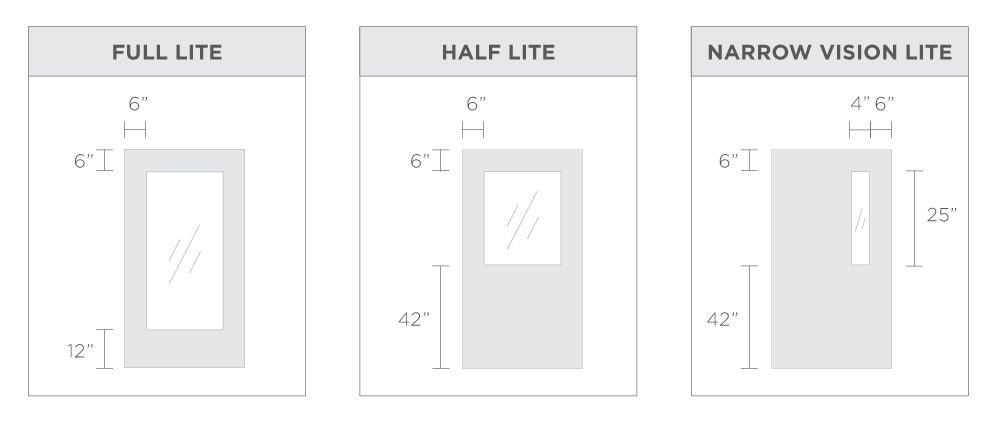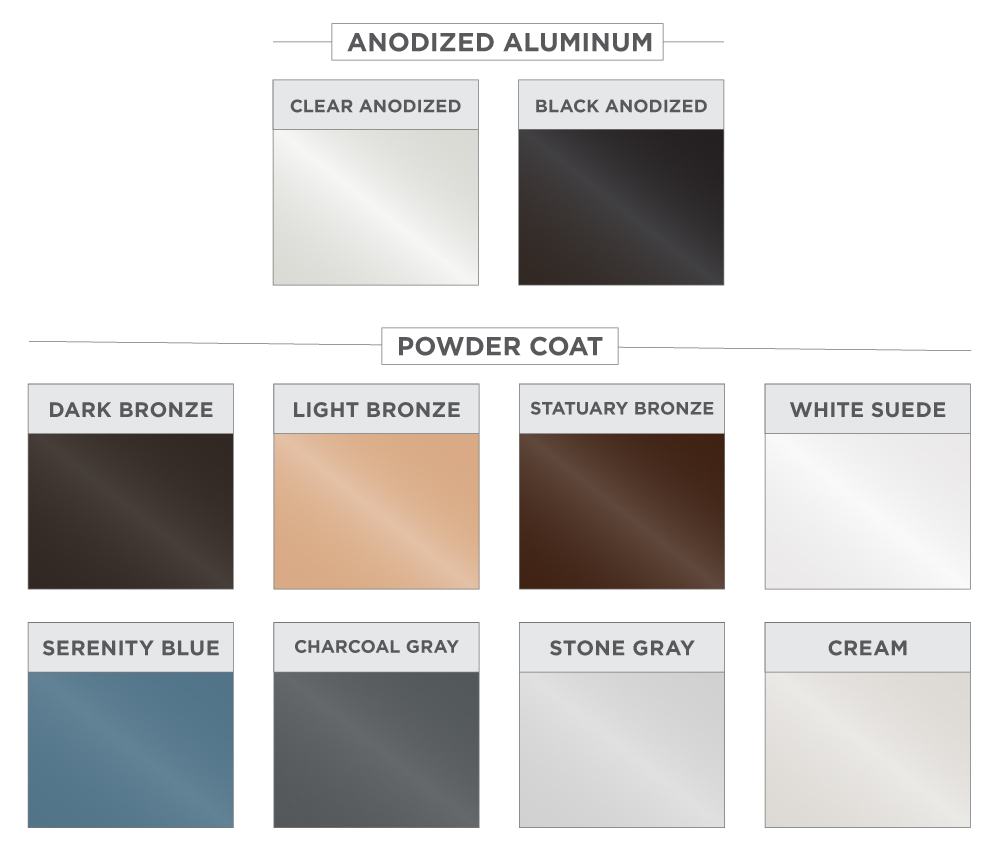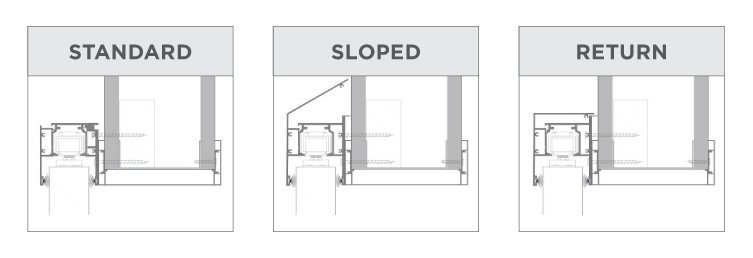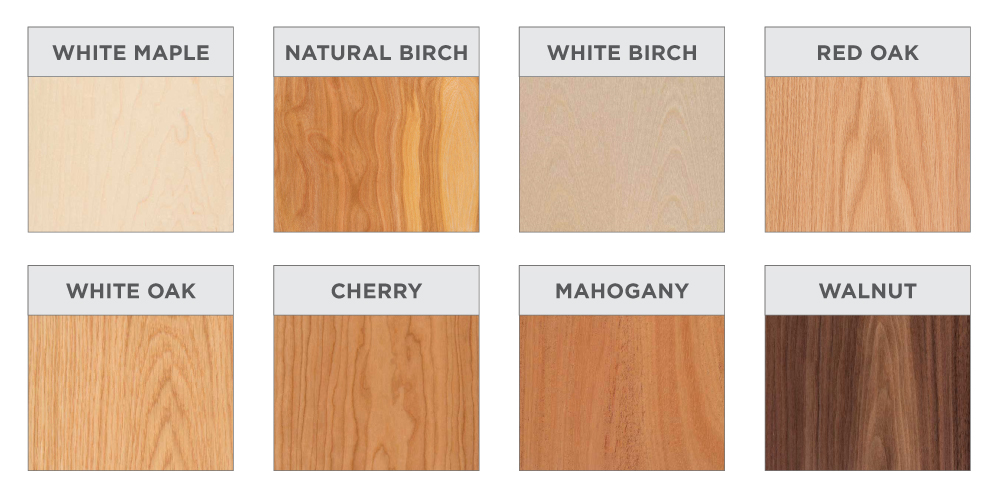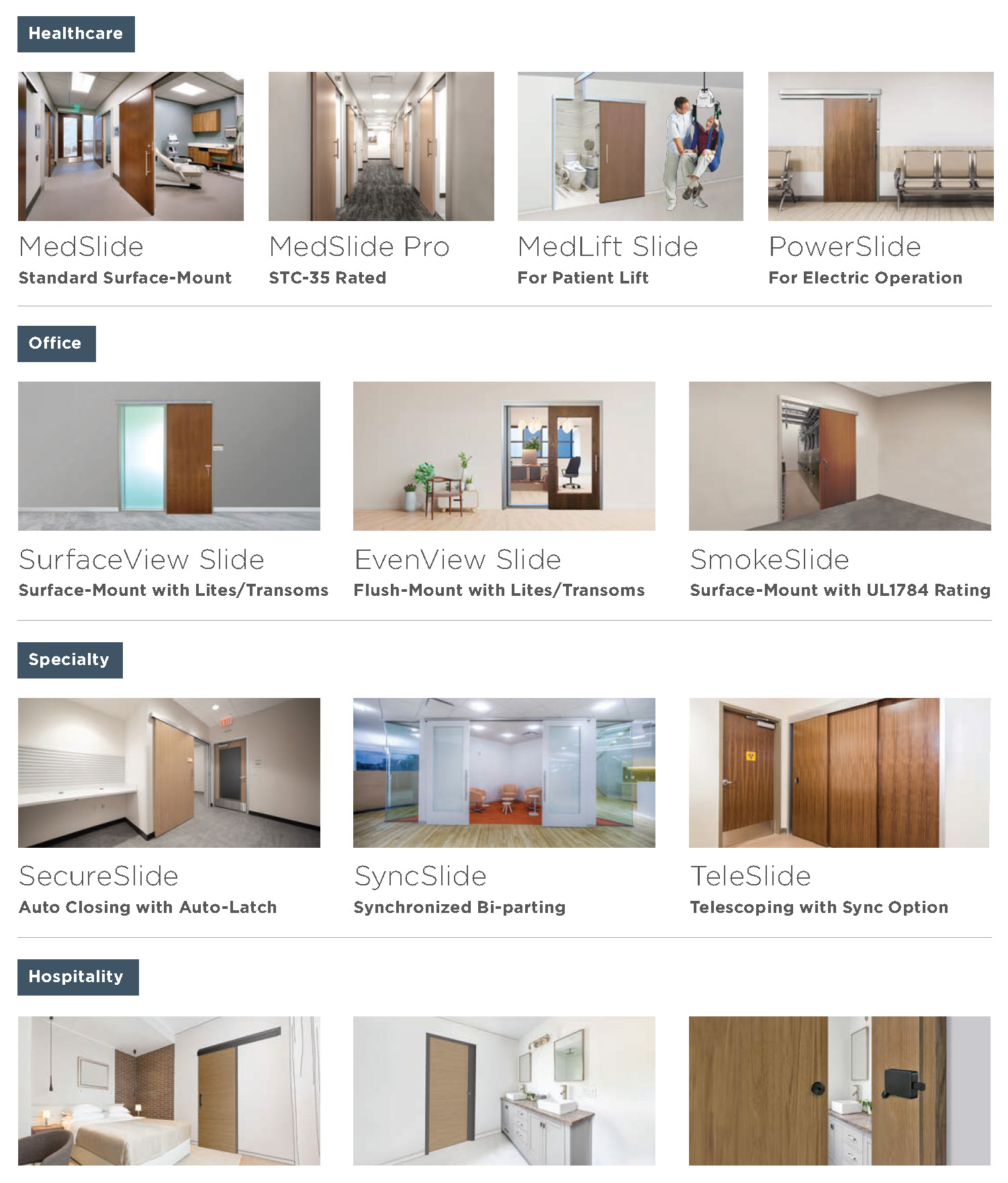How to Choose the Right Casement Doors for Your Home
When selecting casement doors for your home, it's essential to understand their impact not only on aesthetics but also on energy efficiency and security. According to a report by the National Association of Realtors, homes with updated windows and doors, including casement doors, can see a return on investment of up to 70% upon resale. Additionally, energy-efficient casement doors can contribute to reducing energy bills by up to 30%, as they typically provide a tighter seal compared to traditional styles. As homeowners increasingly prioritize sustainability and cost-effectiveness, choosing the right casement doors becomes a crucial decision. In this guide, we will explore key factors to consider, helping you make an informed choice that enhances both the beauty and functionality of your living space.
Understanding the Different Types of Casement Doors Available
When selecting the right casement doors for your home, it's essential to understand the different types available. Casement doors are hinged on one side and swing open for optimal ventilation and easy access to outdoor spaces. There are primarily two types of casement doors: standard casement doors and French casement doors.
Standard casement doors offer simplicity and elegance, often featuring a single sash that opens outward. On the other hand, French casement doors consist of two sashes that open from the center, creating a wider entryway and enhancing the aesthetic appeal of your home.
According to the National Association of Home Builders (NAHB), energy-efficient doors can significantly reduce heating and cooling costs, with well-insulated models achieving U-values as low as 0.30. This factor becomes crucial when considering the local climate and your home's orientation.
Additionally, a report from the American Architectural Manufacturers Association (AAMA) highlights that casement doors can provide better air tightness compared to sliding doors, leading to superior energy performance. By considering these types and their advantages, you can make an informed decision that not only enhances your home's style but also contributes to energy savings in the long run.
Key Factors to Consider When Selecting Casement Doors for Your Home
When selecting casement doors for your home, several key factors should be taken into account to ensure they meet both aesthetic and functional needs. One primary consideration is energy efficiency. According to the U.S. Department of Energy, properly installed energy-efficient doors can save homeowners between $200 to $500 annually on energy bills. Look for doors with a low U-factor and those certified by the Energy Star program, which can significantly reduce heating and cooling costs.
Design aesthetics also play a crucial role in your selection process. It’s important to choose a style that complements the overall look of your home. Many homeowners prefer materials that not only enhance the beauty of their property but also offer durability. A recent report from the National Association of Home Builders indicates that fiberglass and vinyl casement doors are increasingly popular due to their resistance to weather damage and low maintenance requirements.
Tips: When assessing your options, consider the door’s opening mechanism, as casement doors can open outward or inward, which impacts usability and space. Additionally, don’t overlook security features; reinforced locks and multi-point locking systems are vital for ensuring safety. Always consult with a professional to determine the best fit for your home’s design and energy efficiency needs.
Material Choices for Casement Doors: Pros and Cons Explored
When selecting casement doors for your home, understanding the materials available is crucial, as each option offers unique advantages and disadvantages. One popular choice is timber. Attractive and versatile, wooden casement doors can enhance the aesthetic value of your home. They provide excellent insulation and can be customized in various finishes. However, they require regular maintenance to prevent warping and weather damage, which may deter homeowners looking for a low-upkeep solution.
Another frequently used material is aluminum. Known for its durability and strength, aluminum casement doors are resistant to rust and can withstand harsh weather conditions. They also offer a sleek, modern appearance that can complement contemporary homes. On the downside, aluminum does not insulate as well as wood and can feel cold to the touch in winter months.
Lastly, vinyl is an emerging favorite due to its affordability and low maintenance. While vinyl doors are energy-efficient and available in various styles, they may lack the premium look that wood or aluminum offers, making them less desirable for some homeowners. Each material has its own set of characteristics, making it essential to weigh these pros and cons based on your specific needs and preferences.
How to Measure Your Space for Perfectly Fitting Casement Doors
When it comes to selecting casement doors for your home, precise measurements are crucial for ensuring a snug and functional fit. According to the American Architectural Manufacturers Association (AAMA), improperly measured doors can lead to a host of issues, including energy loss and compromised security. To start, measure the width and height of your doorway, accounting for the surface you will attach the doors to, ensuring you capture the entire opening by measuring from the studs or framing.
Additionally, consider the swing of the doors when measuring. The AAMA suggests allowing a clearance of at least 1/8 inch on all sides for ease of operation and to accommodate any expansion or contraction of materials due to temperature changes. For optimal performance, experts recommend checking for level and plumb conditions in the existing frame, as out-of-square openings can lead to installation challenges, increasing overall costs by up to 40%. By taking careful measurements and adhering to industry standards, homeowners can achieve perfectly fitting casement doors that enhance both aesthetics and functionality.
Design Aesthetics: Matching Casement Doors with Your Home’s Style
When selecting casement doors for your home, it's crucial to consider how they complement your existing design aesthetics. Casement doors are known for their versatility and can enhance both modern and traditional styles. For contemporary homes, sleek, minimalist frames in neutral tones can create a seamless transition from indoor to outdoor spaces, inviting natural light while maintaining clean lines. On the other hand, if you own a more traditional home, consider ornate details and rich wood finishes that echo classic architectural elements.
Incorporating casement doors into your home should also reflect the overall theme of your interior design. For instance, pair bold, colored frames with vibrant décor to make a striking statement, or choose softer hues that blend with a muted color palette for a subtle elegance. Additionally, consider the hardware and glazing options; antique brass fixtures can enhance vintage charm, whereas polished chrome can add a touch of modern flair. Ultimately, ensuring that your casement doors align with your home's style will not only improve curb appeal but also create a cohesive look that you'll cherish for years to come.
How to Choose the Right Casement Doors for Your Home - Design Aesthetics: Matching Casement Doors with Your Home’s Style
| Style | Material | Color Options | Energy Efficiency | Cost Range ($) |
|---|---|---|---|---|
| Modern | Aluminum | Black, White, Grey | High | 400 - 800 |
| Traditional | Wood | Natural Wood, White | Medium | 600 - 1200 |
| Rustic | Fiberglass | Brown, Beige | High | 500 - 1000 |
| Contemporary | Vinyl | Various Colors | Very High | 300 - 700 |

